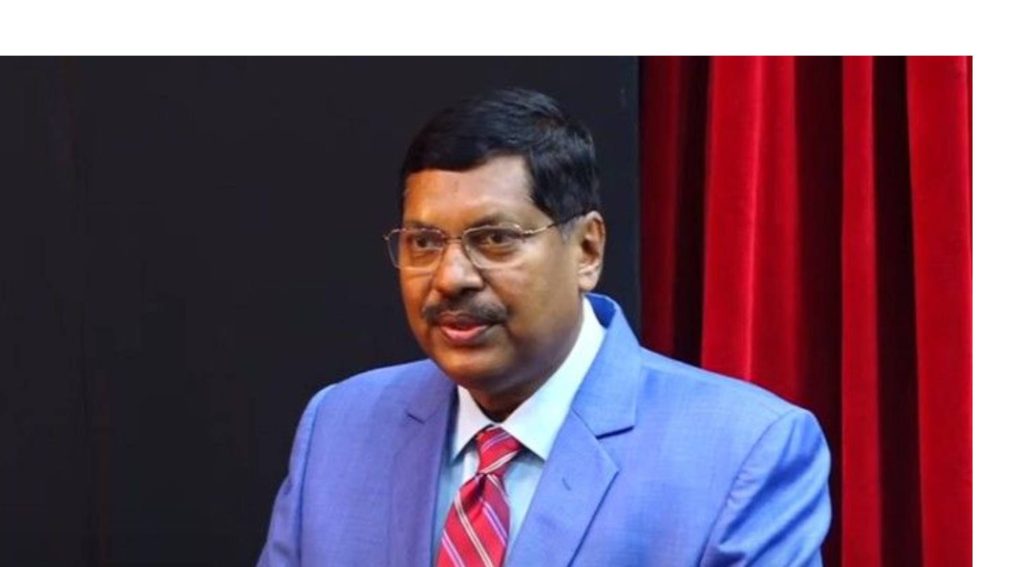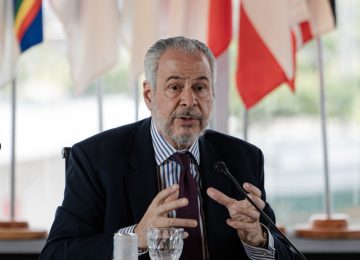In a landmark judgment, the Supreme Court has declared the illegal allotment of 11.89 hectares of reserve forest land in Pune for agricultural purposes in 1998 and its subsequent sale to a builder the very next year as unlawful.
This ruling has triggered a nationwide directive from the apex court, mandating the formation of Special Investigation Teams (SITs) by chief secretaries of all states and administrators of union territories.
A three-judge bench, led by Chief Justice of India B.R. Gavai, has instructed these SITs to scrutinize whether forest lands currently under the possession of their respective revenue departments have been allotted to private parties for non-forest activities.
The Supreme Court has further directed authorities to reclaim possession of such forest lands from private individuals and entities and transfer them to the forest departments.
Chief Justice Gavai, who authored the verdict, stated, “In case it is found that taking back the possession of the land would not be in the larger public interest, the State Governments/Union Territories should recover the cost of the land from the persons/institutions to whom they were allotted and use the amount for the purpose of development of forests.”
The Supreme Court has set a strict deadline of one year for the completion of this entire exercise. “Chief Secretaries of all the States and the Administrators of all the Union Territories are directed to constitute Special Teams to ensure that all such transfers take place within a period of one year from today. Needless to state that hereinafter such land should be used only for the purpose of afforestation.”
The directions stem directly from the illegal allotment of the 11.89 hectares of reserve forest land at Kondhwa Budruk in the Pune district of Maharashtra. Chief Justice Gavai condemned this case as a “classic example of how the nexus between politicians, bureaucrats and builders results in the conversion of precious forest land for commercial purposes…”
Furthermore, the apex court has quashed the environmental clearance granted by the Ministry of Environment and Forests to the builder in 2007, deeming it illegal. The court has also ordered the land, found to be in the possession of the state’s revenue department, to be transferred to the forest department.
Chief Justice Gavai, in his judgment, highlighted a recurring issue: “It has been noticed that a vast stretch of the land that is notified as ‘forest land’ is still in the possession of the Revenue Department. Such a situation creates many complexities, as is evident in the present matter. The revenue department, despite resistance from the forest department, allotted the land to private individuals/institutions for non-forestry purposes. This, in turn, reduced the vital green cover.”
The court also referenced a Central Empowered Committee report, submitted through its amicus curiae, senior advocate K. Parameshwar, which revealed that “many forest lands have been allotted to private individuals/institutions for non-forestry purposes.” This has occurred despite a clear Supreme Court order on December 12, 1996, which mandated the immediate cessation of “all ongoing activity within any forest in any state throughout the country, without the prior approval of the central government.” Chief Justice Gavai unequivocally stated in his judgment, “Any such allotment after December 12, 1996, would not be sustainable in law.”












